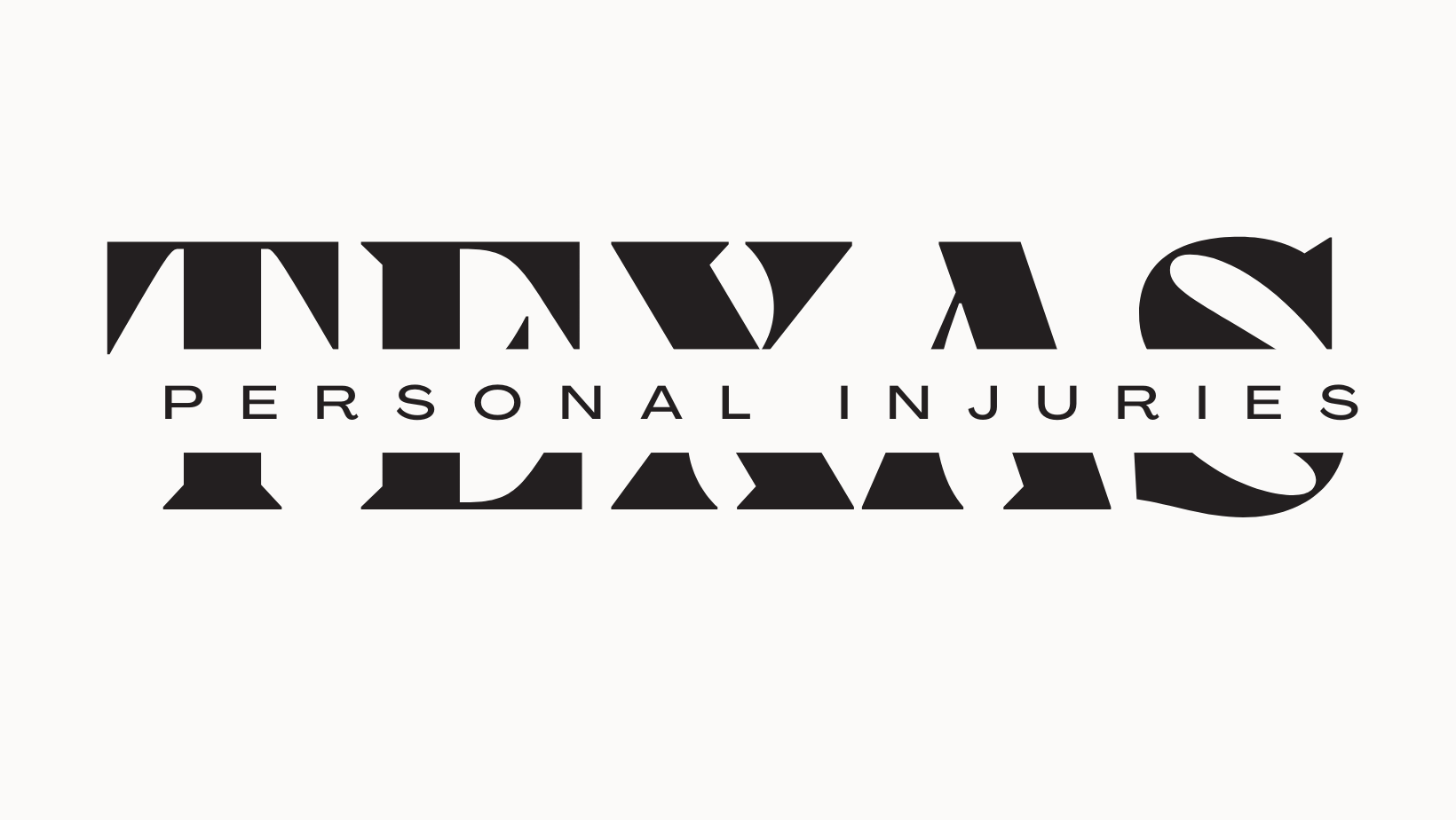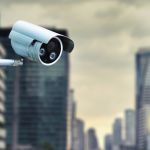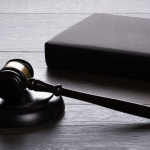Weather conditions play a significant role in personal injury cases, especially those involving car accidents, slip-and-falls, and workplace injuries. Rain, snow, ice, fog, and even extreme heat can contribute to hazardous situations that lead to injuries. However, when filing a personal injury claim, the presence of bad weather can complicate the process of determining liability. In this blog, we will explore how different weather conditions contribute to accidents, the impact they have on personal injury claims, and what steps you can take to protect your rights if you’re injured due to weather-related conditions.
Common Weather Conditions That Contribute to Accidents
1. Rain and Wet Roads
- Heavy rain can reduce visibility, making it harder for drivers to see road signs, pedestrians, and other vehicles.
- Wet roads increase stopping distances and create slick surfaces that can cause cars to hydroplane.
- Pedestrians and cyclists are also at risk of slipping on wet pavement.
2. Snow and Ice
- Snow and ice create slippery road conditions, increasing the chances of skidding, loss of control, and collisions.
- Black ice, which is nearly invisible, is a major hazard, often causing multi-vehicle accidents.
- Property owners are responsible for clearing sidewalks and parking lots, and failure to do so can result in slip-and-fall accidents.
3. Fog and Low Visibility
- Fog reduces visibility, making it difficult for drivers to see other vehicles, traffic lights, and road signs.
- Sudden stops in heavy fog can lead to rear-end collisions and multi-car pileups.
4. High Winds and Storms
- Strong winds can push vehicles off the road or cause drivers to lose control.
- Flying debris from storms can strike pedestrians or cause property damage.
- Downed power lines and fallen trees create additional hazards for drivers and pedestrians.
5. Extreme Heat and Sun Glare
- Sun glare can temporarily blind drivers, making it difficult to see traffic lights, pedestrians, or other vehicles.
- Extreme heat can cause tires to blow out, leading to loss of vehicle control.
- Hot surfaces can cause burns, particularly for children at playgrounds or workers handling outdoor equipment.
How Weather Affects Liability in Personal Injury Claims
While bad weather can be a contributing factor in an accident, it does not automatically absolve individuals of responsibility. Liability is still determined based on negligence. Here’s how weather can impact personal injury claims:
1. Comparative Negligence and Driver Responsibility
Even in bad weather, drivers are expected to take precautions such as:
- Reducing speed
- Increasing following distances
- Using headlights in fog and rain
- Avoiding sudden braking and sharp turns
If a driver fails to adjust to the weather conditions and causes an accident, they may still be held liable. Texas follows a modified comparative negligence rule, meaning if you are found more than 50% at fault, you cannot recover damages.
2. Property Owners’ Responsibilities in Bad Weather
Property owners have a duty to maintain safe conditions on their premises, including:
- Clearing snow and ice from sidewalks and parking lots
- Using warning signs for wet or slippery floors
- Fixing leaks that could create icy patches or puddles indoors
Failure to take reasonable steps to prevent accidents can make a property owner liable for injuries sustained on their property.
3. Employer Responsibilities for Workplace Accidents
In jobs that require outdoor work, employers must take reasonable precautions to protect workers from weather-related hazards, such as:
- Providing protective gear for extreme heat or cold
- Ensuring proper training for driving in adverse weather conditions
- Offering shaded areas and hydration breaks for employees working in high temperatures
If an employer fails to implement safety measures, they may be held responsible for work-related injuries caused by extreme weather conditions.
Challenges in Weather-Related Personal Injury Claims
Weather-related personal injury cases can be challenging because insurance companies often argue that:
- The accident was due to “an act of nature” rather than negligence.
- The injured person was partially or entirely responsible for the accident.
- There was no way to prevent the accident given the weather conditions.
To counter these arguments, it is crucial to provide strong evidence demonstrating negligence, such as:
- Accident reports (police reports often indicate weather conditions at the time of the accident).
- Photographs and videos of the accident scene, road conditions, and visibility issues.
- Eyewitness testimony from people who saw the accident occur.
- Maintenance records proving a property owner failed to clear snow or ice.
Steps to Take If You Are Injured Due to Weather Conditions
Seek Medical Attention Immediately
- Even if injuries seem minor, getting medical treatment is crucial for your health and for documentation in your claim.
Document the Scene
- Take photos of the accident scene, weather conditions, and any contributing factors such as icy sidewalks or poor visibility.
Gather Witness Information
- Statements from eyewitnesses can help prove that negligence contributed to the accident.
Report the Incident
- If injured in a car accident, call the police and obtain a report.
- If injured in a slip-and-fall, report the incident to the property owner or manager.
Consult a Personal Injury Attorney
- An experienced attorney can help determine liability and guide you through the claims process, especially if the insurance company tries to deny your claim due to weather conditions.




Leave a Reply